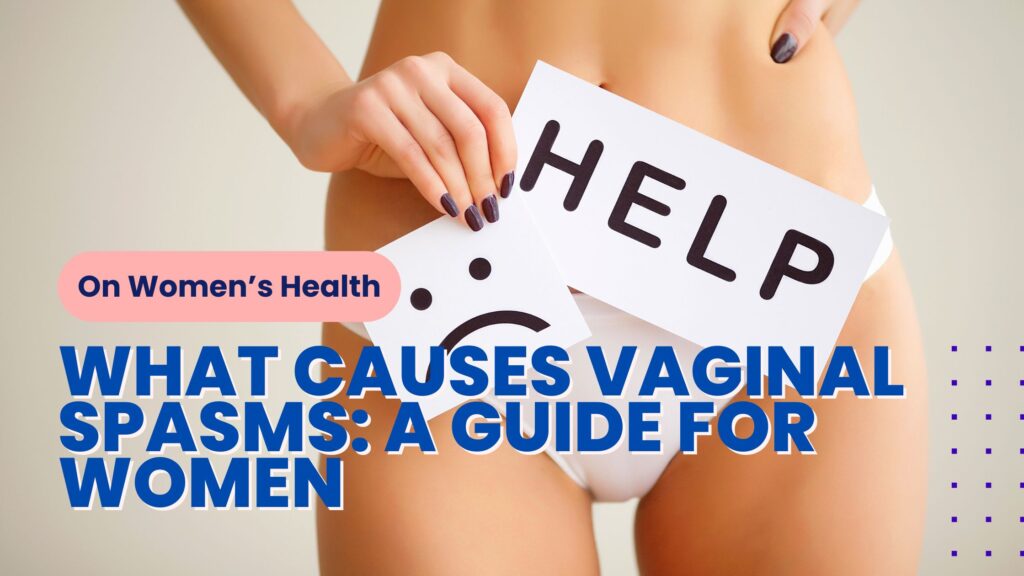Vaginal spasms, also known as vaginal cramps or vaginismus, is a condition characterized by involuntary muscle spasms of the pelvic floor muscles, leading to discomfort or pain during vaginal penetration. Estimates suggest that approximately 1% to 7% of women experience vaginismus, though some studies indicate the prevalence may be as high as 17% due to underreporting.
Vaginal spasms or vaginal cramps can substantially impact a woman’s quality of life, making activities such as sexual intercourse, tampon use, and even routine gynecological exams painful. Understanding the causes of vaginal spasms is essential for developing effective treatments and relief strategies.
Possible Causes of Vaginal Spasms or Vaginal Cramps
The causes of vaginal spasms or vaginal cramps are varied and can include a range of physical and psychological factors.
-
Vaginal Infections
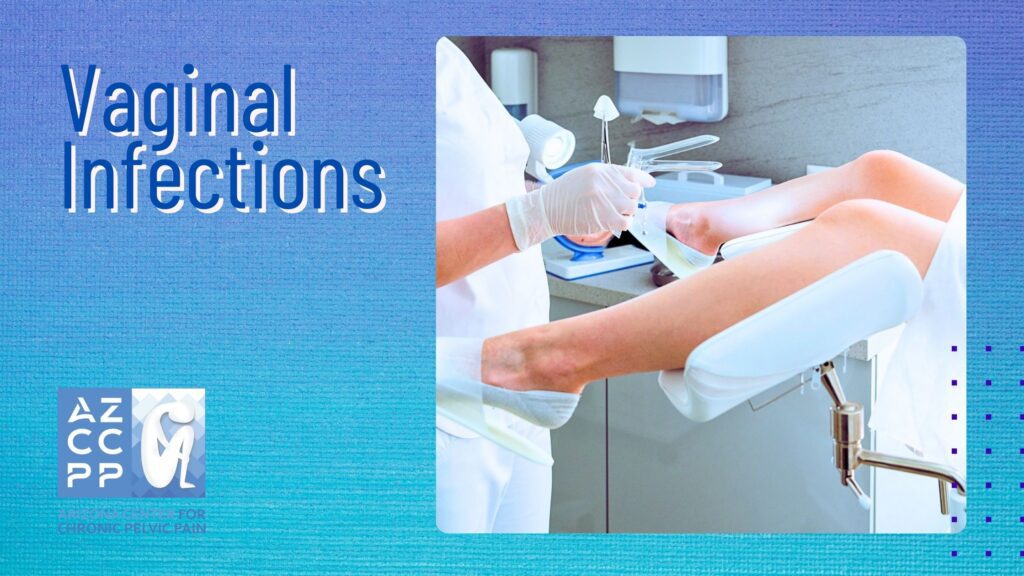
Vaginal infections are a common cause of discomfort, often leading to symptoms like vaginal cramps, sharp or burning pain, inflammation, and general irritation. These infections can arise from various sources and may affect different areas within the reproductive and urinary systems. Here are some of the most common types of infections that can lead to vaginal pain and related symptoms:
- Bacterial Vaginosis (BV): This infection results from an imbalance in the natural bacteria within the vagina. It often causes a thin, grayish discharge with a strong, fishy odor, along with mild itching or discomfort.
- Sexually Transmitted Infections (STIs): Certain STIs, such as trichomoniasis, chlamydia, and gonorrhea, can cause vaginal pain, inflammation, unusual discharge, and which may trigger vaginal cramps. Trichomoniasis, for instance, may produce a frothy, yellow-green discharge with a strong odor, along with itching or soreness in the vaginal area.
- Urinary Tract Infections (UTIs): While UTIs primarily affect the urinary system, they can also cause pain in the pelvic area, along with burning during urination, frequent urges to urinate, and abdominal cramps. Severe UTIs may lead to fever and lower back pain.
- Yeast Infections: Caused by an overgrowth of Candida fungi, yeast infections often lead to thick, white discharge with a texture similar to cottage cheese. Additional symptoms include intense itching, swelling, and soreness around the vaginal area.
In addition to pain and discomfort, infections can also result in fever and changes in discharge, which may become thick, colored, or foul-smelling. If you experience these symptoms, consulting a healthcare provider is essential, as early diagnosis and treatment can prevent complications and alleviate symptoms more quickly.
-
Menstruation
Vaginal cramps during menstruation result from uterine contractions as the body works to shed the uterine lining. While cramps are usually felt higher up in the pelvis, it’s not uncommon to experience cramping in the vagina as well. Mild cramping during menstruation is considered typical, but severe pain or excessive bleeding may indicate an underlying issue that warrants medical evaluation. Healthcare providers may prescribe medications, including birth control pills, to help reduce menstrual-related pelvic pain.
-
Endometriosis
Endometriosis is a condition in which cells resembling the uterine lining grow outside the uterus, often on the ovaries, fallopian tubes, or pelvic lining. These tissues behave like uterine tissue, contracting and bleeding during menstruation, which can lead to severe pain and cramping.
When endometrial-like tissue develops near the vagina, it may cause localized cramping. In some cases, individuals experience referred pain, where contractions in nearby tissue cause discomfort felt in the vagina. Endometriosis is a complex condition that often requires specialized care, including hormonal treatments, pain management, or surgical intervention.
-
Dyspareunia (Painful Intercourse)
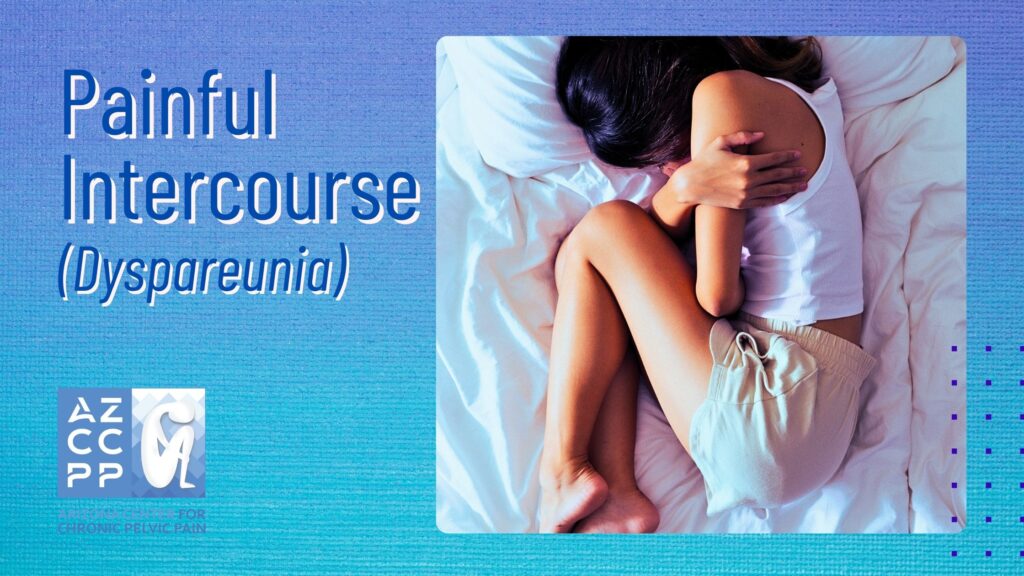
Dyspareunia, or pain during or after intercourse, often involves vaginal spasms or vaginal cramps that feel similar to menstrual pain but often include a deeper, burning sensation within the pelvis. This condition may also make tampon use uncomfortable.
In addition, dyspareunia can stem from various causes, such as infections, inflammation, or a history of surgery affecting the vaginal or uterine tissues. Identifying the root cause of dyspareunia is crucial for effective treatment, which may include medications, physical therapy, or behavioral therapies.
-
Pelvic Inflammatory Disease (PID)
Pelvic inflammatory disease (PID) occurs when infections, often sexually transmitted, lead to inflammation in the pelvic organs, including the uterus, fallopian tubes, and ovaries. This inflammation can cause cramping, as well as additional symptoms such as unusual vaginal discharge, pain during intercourse, bleeding between periods, and discomfort in the lower abdomen.
PID is frequently associated with untreated sexually transmitted infections (STIs), such as gonorrhea or chlamydia. Prompt antibiotic treatment is essential to prevent complications.
-
Pelvic Floor Disorders
Pelvic floor disorders, which often follow childbirth, involve weakened pelvic muscles that lead to vaginal cramps, pain, and urinary incontinence. These conditions affect the muscles that support the bladder, uterus, and rectum, leading to symptoms like vaginal cramping, pelvic pain, constipation, urinary incontinence, and painful intercourse. Treatment options for pelvic floor disorders may include physical therapy focused on strengthening pelvic muscles, lifestyle modifications, or, in some cases, surgical intervention to repair damaged tissue.
-
Uterine Fibroids
Uterine fibroids are non-cancerous growths in the uterine wall that commonly appear in individuals in their 30s and 40s and tend to shrink after menopause. These fibroids can cause symptoms such as heavy menstrual bleeding, vaginal cramping, pain during intercourse, and a sense of fullness or pressure in the lower abdomen.
Treatment for fibroids may range from watchful waiting to hormonal medications or surgical options, depending on symptom severity and fibroid size.
-
Vulvodynia
Vulvodynia is a chronic pain condition involving the vulva, the external female genitalia, and can lead to prolonged vaginal spasms and pain. Individuals with vulvodynia may experience burning, stinging, or soreness lasting for three months or more, often without a known cause.
While the exact cause of vulvodynia remains unclear, treatment approaches may include medications, nerve blocks, physical therapy, or counseling to help manage pain and improve quality of life.
-
Miscarriage

A miscarriage, or pregnancy loss occurring at or before 20 weeks of gestation, can cause vaginal cramps, bleeding, and abdominal pain. The cramping associated with miscarriage is often intense and may resemble menstrual cramps, accompanied by spotting or heavier bleeding. Medical care is essential to ensure complete passage of tissue and to prevent complications.
-
Interstitial Cystitis (Chronic Bladder Pain)
Interstitial Cystitis (IC), also known as chronic bladder pain syndrome, is a condition characterized by persistent pain and pressure in the bladder and pelvic region, often unrelated to urinary infections, and often results in vaginal spasms and discomfort in the pelvic region. This condition can make activities such as sexual intercourse, exercise, and even daily tasks uncomfortable or painful.
IC patients may have referred pain during vaginal penetration due to the bladder’s closeness to the vagina, causing the pelvic floor muscles to tense defensively. Vaginismus can develop when pelvic muscles automatically tense. Thus, IC bladder pain can affect vaginal health, causing discomfort and muscle tension.
Living with IC often increases pelvic nerve and tissue sensitivity, causing hyperresponsiveness throughout the pelvis. This illness makes vaginal penetration difficult and unpleasant, making patients afraid of activities that could worsen their symptoms.
Many people with chronic IC have continuing worry about sexual or physical closeness, which causes pelvic muscle tension and spasms. IC must be treated with physical therapy, bladder training, food changes, and pain treatment to reduce symptoms and interrupt the vaginismus muscle tension cycle.
-
Childbirth Trauma
Perineal rips, episiotomies, and other childbirth trauma might hinder pelvic floor function. Sometimes scar tissue accumulates after these injuries heal, causing pelvic floor muscle adhesions and discomfort. Scar tissue can make vaginal penetration painful.
As a result, the pelvic floor muscles may constrict instinctively to prevent further harm, making it hyperresponsive. Even after physical healing, this stress might cause vaginismus.
Traumatic childbirth can also cause a defensive response in the body. After a difficult childbirth, some women may fear vaginal penetration due to physical and emotional trauma. Fear and residual pain from scarring or injury can cause muscles to contract instinctively when put under pressure.
For vaginismus to be reduced, pelvic floor physical therapy and counseling must address both the physical scars and the emotional aspects of birthing trauma.
-
Hormonal Changes
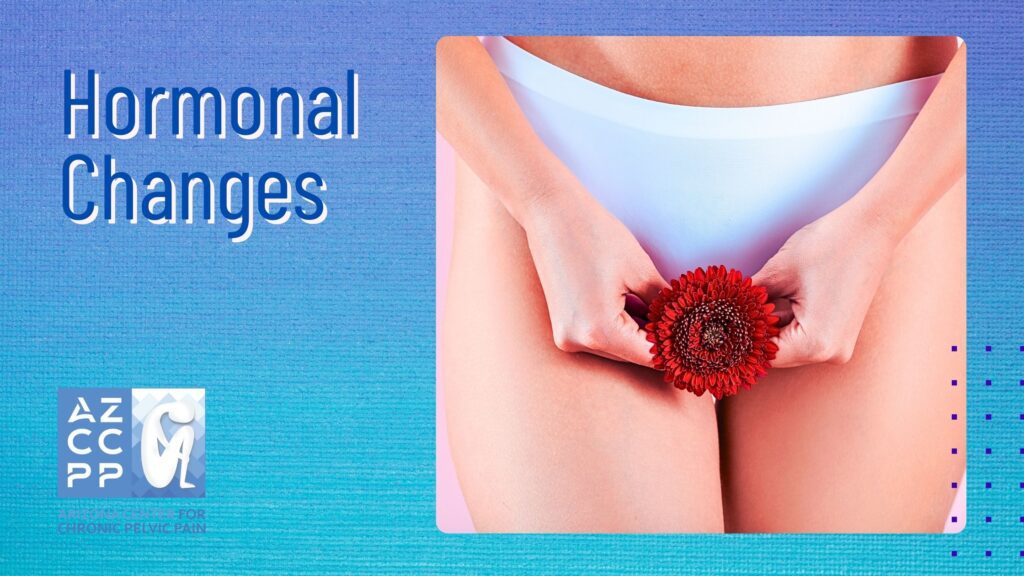
Menopause, postpartum recovery, and some drugs might affect vaginal health, leading to vaginal dryness and discomfort. Oestrogen declines throughout menopause, causing vaginal dryness, elasticity loss, and atrophy. Vaginal penetration can be painful, itchy, and uncomfortable due to these changes.
Hormonal fluctuations during postpartum recovery might affect vaginal lubrication and suppleness. These modifications may make penetration unpleasant, causing spontaneous pelvic floor muscle tightness for protection.
Besides natural life stages, several drugs, like antidepressants and birth control pills, can lower hormone levels and lubrication. This can enhance vaginal tension, sensitivity, and muscle stiffness. For comfort, the pelvic floor muscles may constrict, causing vaginismus. Hormone replacement therapy, vaginal moisturizers, and pelvic floor physical therapy can relieve chronic muscular tension and associated symptoms.
-
Surgery
Hysterectomies, endometriosis surgery, and other pelvic surgeries can cause scar tissue and nerve sensitivity, which may cause vaginismus. Adhesions, or scar tissue, can form after surgery. These adhesions can impair pelvic muscle movement and flexibility, causing vaginal discomfort or pain during stretching or pressing. When vaginal penetration hurts, the pelvic floor muscles may constrict instinctively to avoid pain.
Pelvic operations may cause nerve discomfort and scarring. This nerve sensitivity can boost pelvic pain responses, which aids pelvic floor muscle protection. Women who have had pelvic surgery may experience painful muscular contractions during sexual activity or vaginal penetration. Physical therapy to remove scar tissue and enhance muscular flexibility and desensitization to change pelvic stimulation may relieve these issues.
-
Emotional Factors
Fear, anxiety, trauma, or negative sexual connotations are all potential causes of vaginismus. Psychological responses to painful or uncomfortable events might cause vaginal muscles to tighten automatically in anticipation of discomfort. For instance, sexual trauma or abuse survivors may automatically contract their muscles to protect themselves. The involuntary reaction can make intimacy difficult, promoting avoidance and stress.
Additionally, sexual anxiety can also contribute to vaginismus. Women who are afraid of penetration due to lack of expertise or past trauma may unconsciously constrict their pelvic floor muscles. Protecting the body from perceived injury often drives this bodily response. CBT, mindfulness, and progressive desensitization can lessen involuntary muscular spasms by addressing these emotional reasons.
-
Relationship Factors
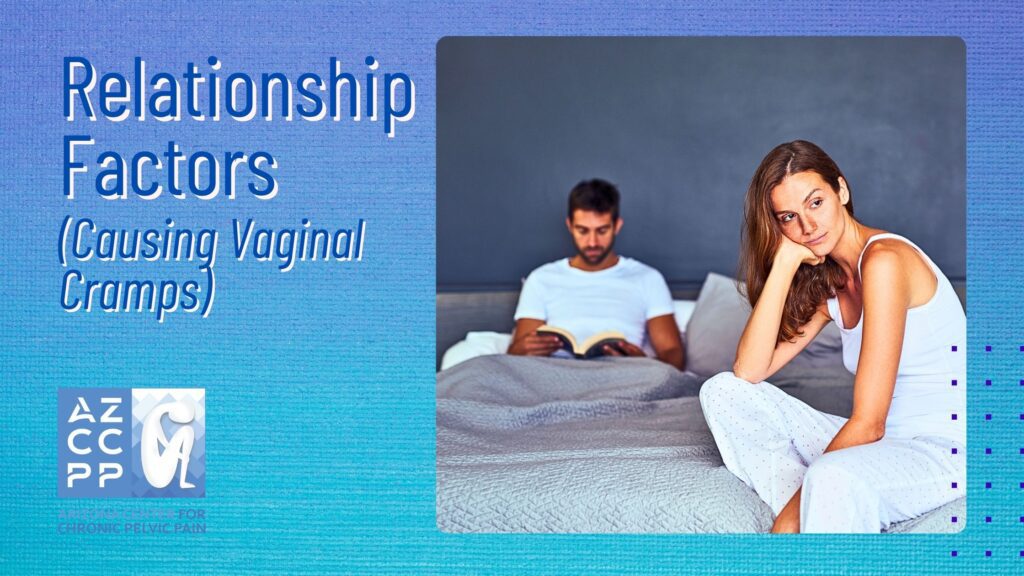
Relationship stress, unresolved issues, and poor communication can greatly affect vaginismus symptoms. Relationship tension, stress, and worry can affect the pelvic floor. Unresolved disagreements can increase anxiety and muscle tension. When a partner pressures or misunderstands them, emotional stress can cause vaginismus as the body reacts defensively to avoid painful or uncomfortable experiences.
Vaginismus can also result from sexual discomfort not being discussed. Partners who can’t talk about their wants or worries can feel isolated, anxious, and ashamed. These emotions may lead the pelvic floor muscles to constrict automatically to avoid discomfort.
These relational aspects can be addressed in couples therapy or counseling, creating a conducive setting for vaginismus discussion. Communication and understanding can make intercourse easier and less stressful.
READ MORE: Vaginal Spasms (Vaginismus): Top 10 FAQs
Contact Us for Vaginal Spasms Treatment for Women

Take control of your health and find relief from vaginal spasms. Connect with us to discuss your symptoms, get answers to your questions, and receive expert guidance for managing this condition. Book a personalized consultation by calling (480) 599-9682 or emailing [email protected]. Let’s work together to bring you comfort, clarity, and a renewed sense of well-being. Visit the Arizona Center for Chronic Pelvic Pain to explore our services and see how we can support your journey.
Check out AZCCPP on YouTube for more questions that need answers with Dr. Michael Hibner.

